Retro Replay Review
Gameplay
The Path forgoes traditional objectives and combat in favor of a deliberate, exploration-driven experience. You begin each playthrough by selecting one of six sisters—Robin, Rose, Ginger, Ruby, Carmen, or Scarlet—to guide along a seemingly straightforward route to Grandma’s house. While following the main road will quickly conclude a chapter, it’s in the decision to abandon the path and venture into the woods that the game truly unfolds. This design encourages curiosity, rewarding players who embrace uncertainty rather than rushing to the next checkpoint.
Movement is intentionally measured: daughters can walk or run, but running accelerates an invisible time mechanic that discourages haste. Pausing to observe abandoned trinkets, fallen shoes, or cryptic notes can unlock fragments of a girl’s past, weaving a tapestry of psychological nuance. The unpredictable “Drama Princess” system introduces reactive animations whenever you release control, granting each character a spontaneous gesture or line that hints at her temperament and backstory.
Despite lacking a fail state, each choice carries weight. Paths crossed, items collected, and attractions discovered cannot be undone, pushing players to explore methodically. A minimalist inventory catalogs your most significant finds, while a brief map flash after every 100 meters subtly charts progress without revealing nearby secrets. After an initial solo playthrough, a second controller can transform the journey into a cooperative venture, handing off control between siblings for even more layered storytelling.
Graphics
The Path employs a moody, stripped-down aesthetic that complements its psychological horror roots. Early scenes inside the cottage are rendered in muted daylight hues, but as you step off the path, the color palette bleeds into deeper greens and grays. Foggy underbrush and winding trails feel both enchanting and foreboding, with no visible horizon pushing against the sense of isolation.
Overlay effects—fragile graphical patterns or flickering borders—pulse around the screen during key moments, heightening tension without resorting to jump scares. These transient visuals hint at supernatural forces pressing in, yet they never obscure the environment entirely. The lack of defined boundaries in the forest sets players on edge, as the woods stretch infinitely in every direction.
Character models are intentionally understated, relying on posture and animation to convey mood rather than photorealistic detail. Subtle cloth movements, huddled stances, and lingering camera angles emphasize vulnerability. Coupled with Jarboe’s haunting soundtrack and ambient sound design, the visuals come together to craft an immersive, dreamlike atmosphere.
Story
Inspired by Little Red Riding Hood and a 14th-century French grandmother’s tale, The Path reimagines the fairy tale through six distinct perspectives. Each sister’s choice to stray from the path becomes allegorical for rites of passage and personal trauma. The narrative never spells out a single “right” interpretation, instead scattering symbolic items and text fragments that invite players to fill in the gaps.
Exploration yields fleeting memories: a locket triggers a line of text about lost friendship, a discarded boot evokes feelings of abandonment, and an old music box might recall a childhood lullaby. These vignettes accumulate differently for every character, interleaving to form a mosaic of regret, curiosity, and longing. By withholding explicit exposition, the game empowers you to project your own fears and experiences onto the unfolding tale.
Tension escalates as the sister ventures deeper, with perspective shifts—from first-person to omniscient shots—underscoring moments of vulnerability. Encounters with enigmatic figures and the ever-encroaching forest lull you between wonder and dread. In the end, the grandmother’s house is less a sanctuary than a mirror, reflecting each girl’s desire to confront or escape her past.
Overall Experience
The Path is not for players seeking fast-paced action or clear-cut objectives. Instead, it rewards patience, introspection, and a willingness to embrace ambiguity. Each playthrough lasts roughly 30–45 minutes, but the urge to revisit with a different sister or to uncover every collectible flower (which hint at new locations) can easily double that time. The randomized forest layout ensures no two journeys feel identical.
Visually sparse yet psychologically rich, the game leans on composer Jarboe’s eerie score and minimalist sound design to maintain a constant undercurrent of unease. Without voiced dialogue, gestures and on-screen text carry emotional weight, fostering a quiet intimacy between player and character. The lack of combat or puzzle barriers allows you to focus entirely on mood, theme, and symbolism.
Ultimately, The Path stands out as an artful meditation on childhood, choice, and the shadowy edges of fairy tales. Its unconventional structure and lack of explicit guidance may frustrate those accustomed to traditional game loops, but for explorers of narrative and atmosphere, it offers an unforgettable, introspective journey into the heart of the woods—and of one’s own imagination.
 Retro Replay Retro Replay gaming reviews, news, emulation, geek stuff and more!
Retro Replay Retro Replay gaming reviews, news, emulation, geek stuff and more!
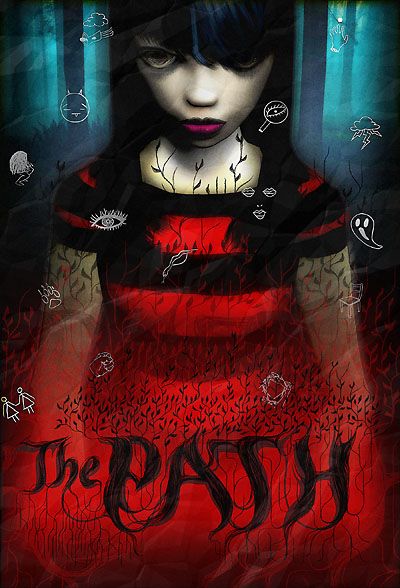

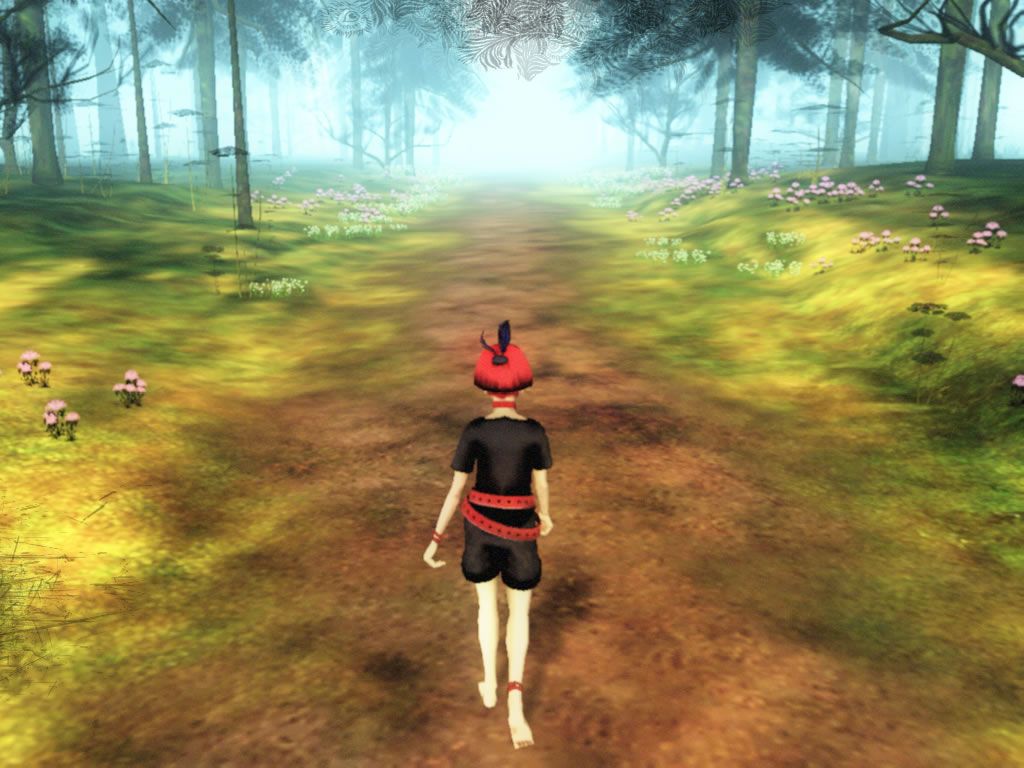
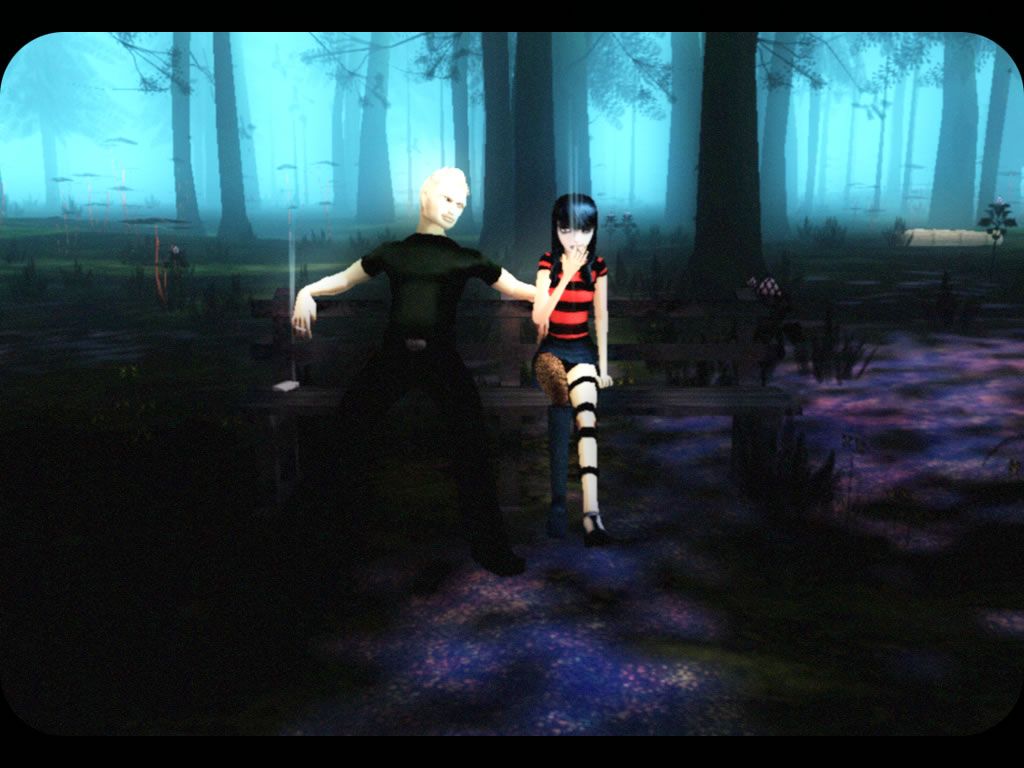
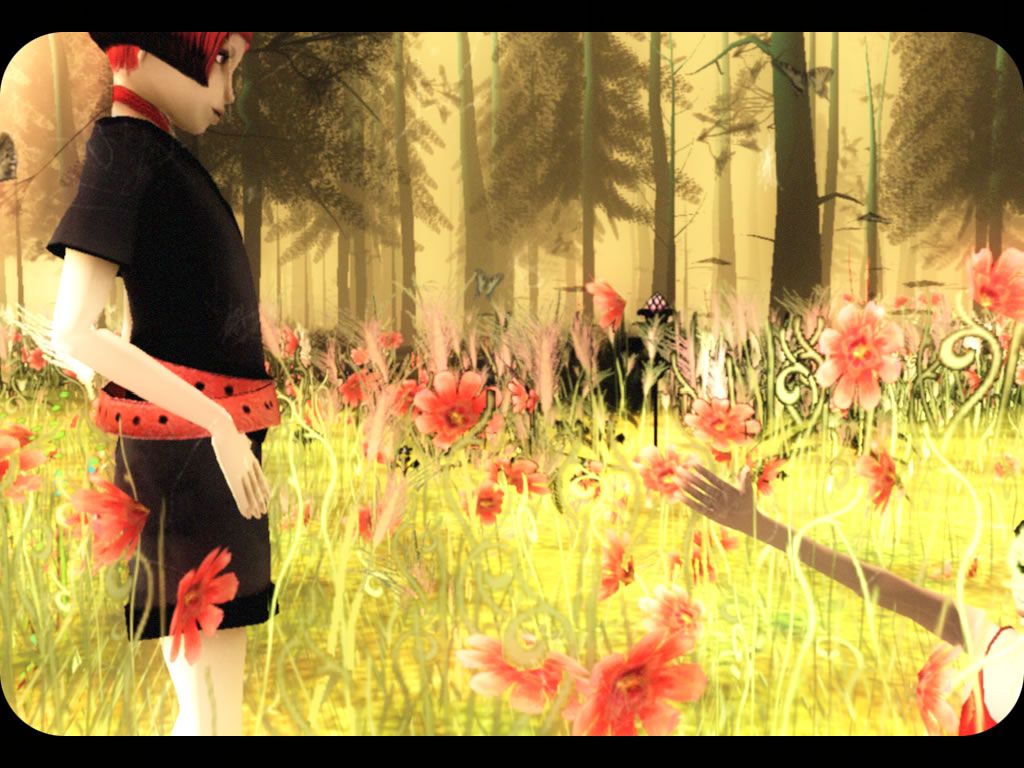
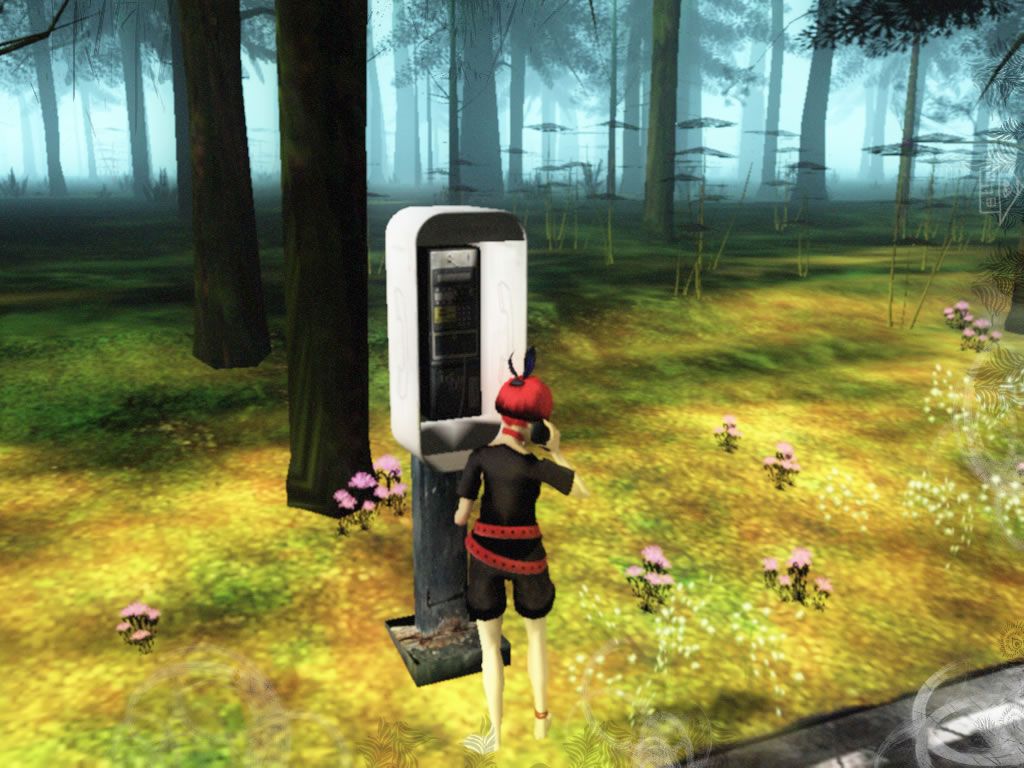



Reviews
There are no reviews yet.